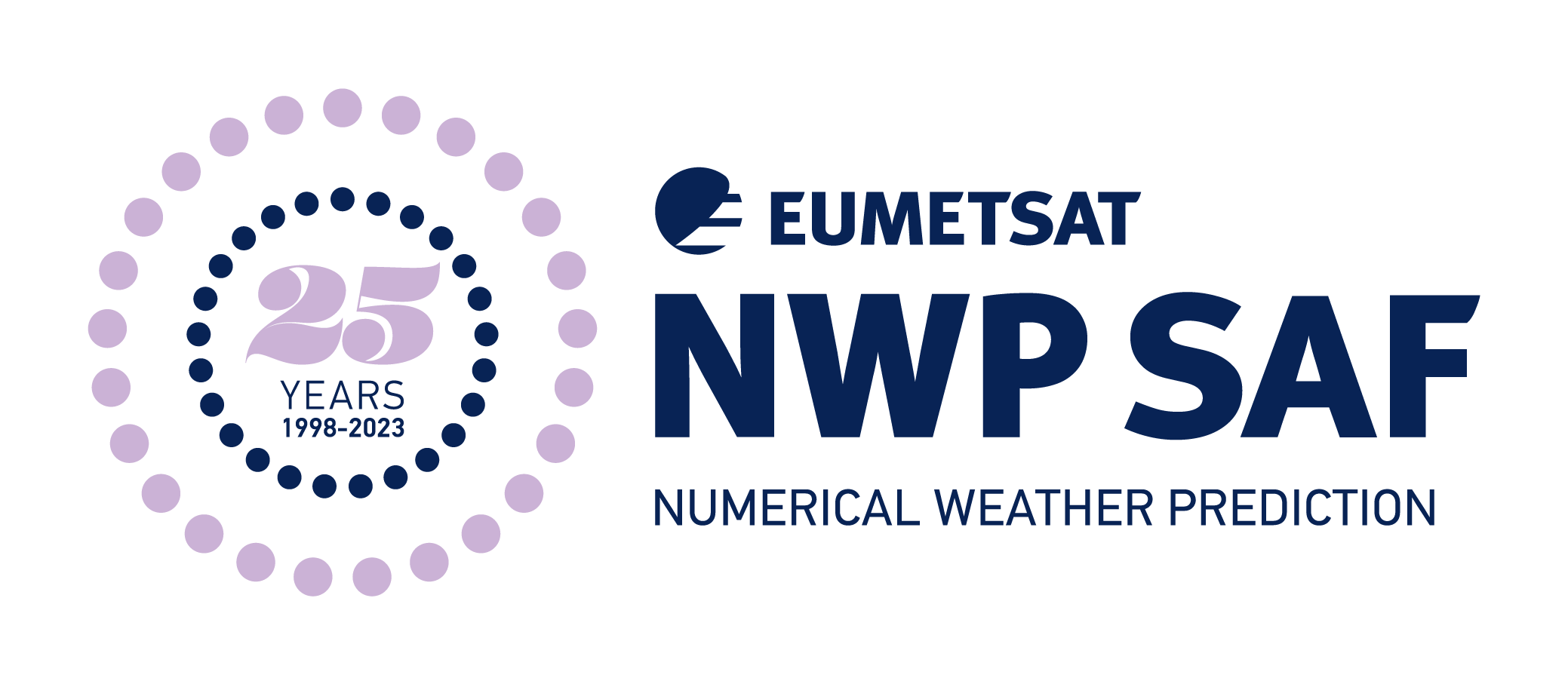Arctic Weather Satellite (AWS) direct broadcast software
Introduction
This page provides information on direct broadcast software for the Arctic Weather Satellite. The software processes from raw to level 1b. The software was written by OHB Sweden, under contract to ESA. Since ESA do not have facilities for redistributing the software, the NWP SAF has agreed to host it, and we have provided a wrapper script for use at run time. The NWP SAF does not take any responsibility for validating products generated when the software is run. ESA have not asked for the software to be distributed under any particular license.
Interface Control
Please see the AWS Direct Data Broadcast (DDB) Interface Control Document (ICD): AWS-OSE-ICD-0083
The DB package accepts input in the form of Transfer Packets for VCID=3 (i.e. for direct broadcast – not global dump). See Figure 5-2 of the ICD document.
It is possible to use RT-STPS to create Transfer Packets from a raw CADU data file – see details in the SSEC/UW/CIMSS scripts below.
Operating system
The package is distributed in binary form only – built on an Ubuntu v20.04 operating system.
For users who are not running Ubuntu, we have provided an Apptainer environment which should run on any Linux x86_64 operating system. The only prerequisite is that apptainer is installed and is configured such that the user can run an Apptainer sandbox. Admin privilege is not required.
Note: SSEC/UW/CIMSS have proposed an alternative Apptainer recipe (see below), but it requires admin privilege to create the container.
Software and data downloads
ESA package: aws-ipf-v3.1.3_DEM_NOLSM.zip (1.3GB)
NWP SAF scripts and Ubuntu environment: AWS_scripts.tgz (48MB)
Test data from Kangerlussuaq: kan_20250622.tgz (5MB)
Scripts from SSEC/UW/CIMSS with a config file for RT-STPS and an alternative recipe for Apptainer: ssec_scripts.tgz (2kB)
Although the ESA package includes its own test data, we have found some problems with this data in that the L0 processor can fail on some systems. This problem is currently under investigation. Therefore we recommend that you use the Kangerlussuaq data for testing the package.
Installation
Unpack the ESA package in a suitable location on your file system: unzip aws-ipf-v3.1.3_DEM_NOLSM.zip
Unpack the NWP SAF scripts and environment in the same location: tar -xf AWS_scripts.tgz
Unpack the Kangerlussuaq test data: tar -xf kan_20250622.tgz
Testing
From the installation directory, type the following command:
apptainer run ubuntu20.04 ./AWS_run_L0L1.sh -i kan_20250622
The code will run with 4 granules of test data, and you should find output products in a directory called out. It is normal for a non-zero return code to be obtained (e.g. 127), but a return code greater than 128 indicates that an error occurred. If you wish, you can then feed the resulting L1B product (netCDF) into the AWS processor of AAPP v8.15, see AAPP release history.
Running with your own raw data
Create a suitable directory for your own Transfer Frames – which we will call in – and an output directory which we will call out. Then process it as follows:
apptainer run ubuntu20.04 ./AWS_run_L0L1.sh -i in -o out
If you are already running an Ubuntu operating system (preferably 20.04) then you can call ./AWS_run_L0L1.sh directly.
It is possible to run the script from a different working directory if you prefer.
Notes
More detailed “readme” files can be found in the aws-ipf-v3.1.3 directory.
The version distributed does not have a land-sea mask, therefore “aws_surface_type” is empty. You can fix this as follows: (i) download the land-sea mask file AUX_LSM.ZIP (427MB); (ii) go to directory aws-ipf-v3.1.3/example/ADF/AWS_AUX_DATA; (iii) unzip the AUX_LSM.ZIP, which will create .nc files in the AUX_LSM folder; (iv) edit the AWS_L1_Configuration.xml, find the line for “Use_Lsm” and set the value to TRUE.
The maximum number of cores to be used in the L1 processor is set in AWS_L1_Configuration.xml and is set to 16 in the supplied file. There is little advantage in using more than 16 cores and it can fail if you use too many.
Please feed back your experiences to the NWP SAF Helpdesk. This will allow us to monitor usage of the package and to improve its future support.
Page created 08/07/2025, last modified 16/07/2025
